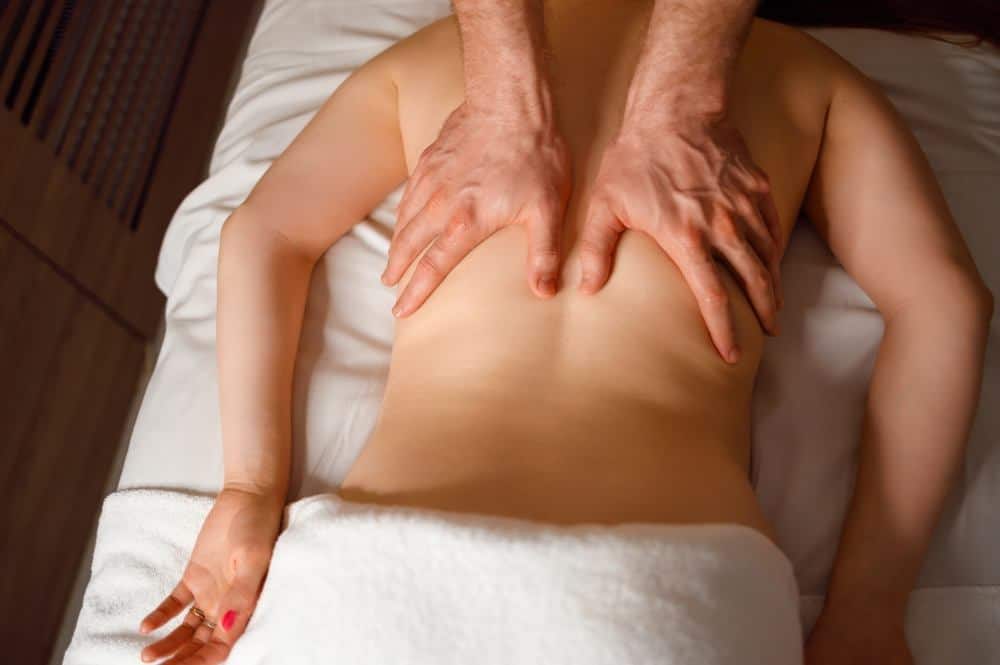When you think about the labor and delivery process with childbirth, one of the pain relief methods commonly known and used is the epidural. An epidural is an injection procedure where a steroid injection is performed in the epidural space within the spinal canal. As with any type of injection procedure for pain relief, you could experience side effects or risks after an epidural. If you find yourself in need of back pain relief after an epidural, it’s best to speak with a spine care or pain specialist. Continue reading to learn more about how you can experience lasting relief from back pain after an epidural.
How Epidurals Work
An epidural is a regional anesthetic most commonly used during childbirth for pain relief during labor and delivery. The procedure involves injecting a local anesthetic into the epidural space, an area surrounding the spinal cord and nerve roots. When the medication gets injected into the epidural space, it blocks the transmission of pain signals to the brain. In the case of childbirth, this allows the mother to stay awake and alert for the labor while also providing pain relief. Overall, epidurals as anesthesia can be a safe and effective way to provide pain relief during labor, as well as other reasons.
Reasons for an Epidural
In addition to pain relief during labor and delivery, there are other reasons for an epidural. An epidural may be used during certain types of surgery to provide pain relief, including hernia repairs and lower abdominal surgery. Epidurals may also be used to provide pain relief for patients who deal with chronic pain. Patients who have suffered traumatic injuries like a broken back or pelvis may also experience pain relief from an epidural. A doctor may also recommend an epidural for postoperative pain to provide pain relief after a surgical procedure and reduce the need for opioids.
What Causes Back Pain After an Epidural?
It is important to note that an epidural may not be suitable for everyone and that there are potential side effects and risks to consider. Back pain is a common side effect of an epidural, especially in the days or weeks following the procedure. Some causes of back pain after an epidural include an allergic reaction, poor positioning, or nerve damage. The injection of the epidural could cause inflammation in the area, which can also cause pain and discomfort. Muscle spasms may also occur because of an epidural. Back pain and other symptoms after an epidural are usually temporary and should resolve on their own within a few days or weeks after the procedure. If back pain and other symptoms persist or become severe, you should seek medical attention.
Side Effects of Epidurals
Other side effects of an epidural include:
- Low blood pressure
- Dizziness and lightheadedness
- Headaches
- Nausea and vomiting
- Itching
- Difficulty urinating
- Prolonged labor
- Tingling and numbness
Treating Back Pain After an Epidural with Chiropractic Care

If you are recovering from childbirth or surgery, it can be difficult to determine whether your back pain is related to the epidural or not. For this reason, back pain is often treated the same way. There are many home remedies and non-invasive solutions available for treating back pain after an epidural, including working with back pain specialists like chiropractors.
Rest
Getting enough quality rest is a key aspect to healing in a variety of contexts. While it can be difficult to get rest with a new baby at home, the more you can rest your back, the more time your body has to jumpstart the healing and recovery process. Resting after an epidural and subsequent procedure should involve avoiding strenuous activities and also making sure you get enough sleep.
Hot and Cold Therapy
Applying ice and heat can provide topical pain relief for back pain after an epidural. A cold compress or ice pack will help address inflammation in the area by promoting the blood vessels to constrict. Cold therapy also provides a temporary numbing sensation that helps with pain relief. Applying heat to the area can also minimize pain and discomfort. A few days after the procedure and using cold therapy, you can begin to alternate with a heating pad or warm compress.
Therapeutic Massage
A gentle massage from your partner can go a long way toward easing your pain and discomfort after an epidural. However, a professional massage may also be recommended. Therapeutic massage from a back pain specialist will target areas that are causing your pain and promote your body’s natural healing abilities.
Exercise
Incorporating stretches and exercises can also help reduce your pain, along with rest and other at-home remedies. Your back pain specialist may recommend specific exercises that would work best for you and your circumstances. Gentle and low-impact activities like yoga can help you gain strength, improve flexibility, and increase your mobility.
Chiropractic Care
Chiropractic care can also provide you with all-natural treatment so you can experience relief from back pain after an epidural. Your chiropractor can help you maintain proper posture and teach you how to be more conscious of how you bend, lift, and engage in other activities. Chiropractors identify misalignments in the spine and joints that contribute to your pain and discomfort and use gentle, hands-on approaches to resolve those misalignments and promote healthy functioning.
Should You Get Another Epidural Steroid Injection for Back Pain?
The short answer is: it depends. You always want to talk to your trusted back pain specialist to learn what the best option will be for you. At Pro-Care Medical Centers, our team of back pain specialists, primary care doctors, and chiropractors provide personalized treatment and care for each of our patients. Learn more about all your options for back pain relief and find out what the best next steps will be for your healing and recovery at a Pro-Care near you.




